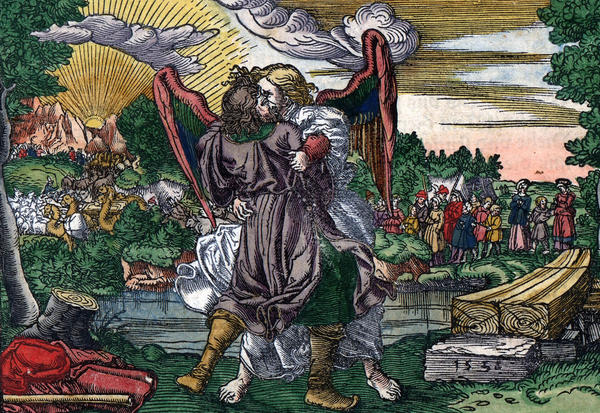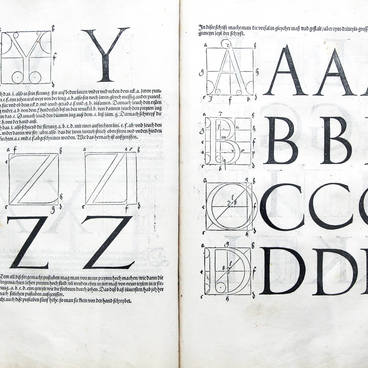Translating the Bible into German was one of Luther’s major challenges. By that time, there were fourteen High German and four Low German translations. However, the poor quality of those books, instead of simplifying the task, made it more difficult for Luther. Working hard, the reformer managed to translate the New Testament in just a few weeks. The first edition came out in September 1522 and became known as the Septembertestament or the “September Testament”. It took more than ten years to translate the Old Testament. The first complete edition of the Wittenberg Bible was released in 1534.
1 / 7
#1
The Luther Bible of 1541
#2
#3
The 1541 Bible displayed at the exhibition is a revised and corrected version of the 1534 edition. It was published in Wittenberg by the printer and publisher Hans Lufft (1495–1584), also known as “the Bible Printer”, in collaboration with Luther’s secretary, theologian and translator, Lutheran clergyman Georg Rörer (1492–1557).
#4
Back in 1532, Master MS, who worked alongside Lucas Cranach the Elder, received an order for illustrations, which appeared in the 1534 edition, and later, after some engravings were replaced, in the Bible released in 1541. Luther was closely involved in the illustration process: he personally selected subjects and arrangements.
#5
Jacob wrestling with the angel
#6
The copy of the Bible with engravings hand-painted in watercolour has the illuminator’s notes on the title pages, where his name is indicated — Baltzer Kinast (Kynast). It is an autograph of sorts. On top of being already priceless when found in hand-written books, these types of notes are rarely seen in printed books.
#8
The title page of the Bible with the signatures of the artist Baltzer Kinast and the owner Valten Herman
#10
The same copy has the owner’s note on the both title pages: ‘Valten Herman // 1545’, which suggests that Baltzer Kinast coloured the engravings in or before 1545. The illuminator himself became famous due to his colouring of the engravings in Martin Luther’s translations of the Bible.
#9
The resonance caused by Luther’s translations was enormous. Johannes Cochlaeus, one of Luther’s most fierce opponents, wrote in indignation, “Luther”s New Testament has been remarkably fast circulated by printers, so even shoemakers, women and any amateur who has learned at least half of the German letters, diligently studies it in search of truth. Luther”s followers carry the book with them and read it all the time. And in just a few months, they acquire so much erudition that they are not afraid to dispute not only with ordinary Catholics, but with preachers, monks, and even with masters and doctors of theology”.
читать дальшескрыть
14
Открыть в приложении
Поделиться











